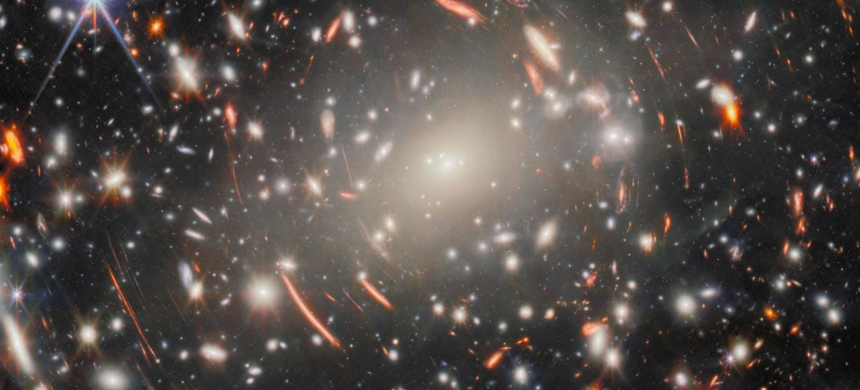The James Webb Space Telescope has released its deepest-ever image of a single target, showing swirling arcs of ancient galaxies from the early universe, according to the European Space Agency (ESA) on Tuesday.
Captured over 120 hours—the telescope’s longest focus on one object—the image is among the most detailed views of the cosmos ever taken.
Read more: NASA Unveils New Cosmic Images of Stars and Galaxies
At the center lies a massive galaxy cluster, Abell S1063, located 4.5 billion light years from Earth. Though prominently featured, it serves primarily as a gravitational lens, bending light from even more distant galaxies behind it.
These distorted arcs of light around the cluster are the true focus of scientists, as they offer a glimpse into the early universe, dating back to the “Cosmic Dawn”—when galaxies were just beginning to form.
The image comprises nine different shots taken in near-infrared wavelengths.
Since its launch in 2022, Webb has enabled significant discoveries, including evidence that early galaxies are much larger than previously believed—raising questions about current models of the universe’s evolution.











